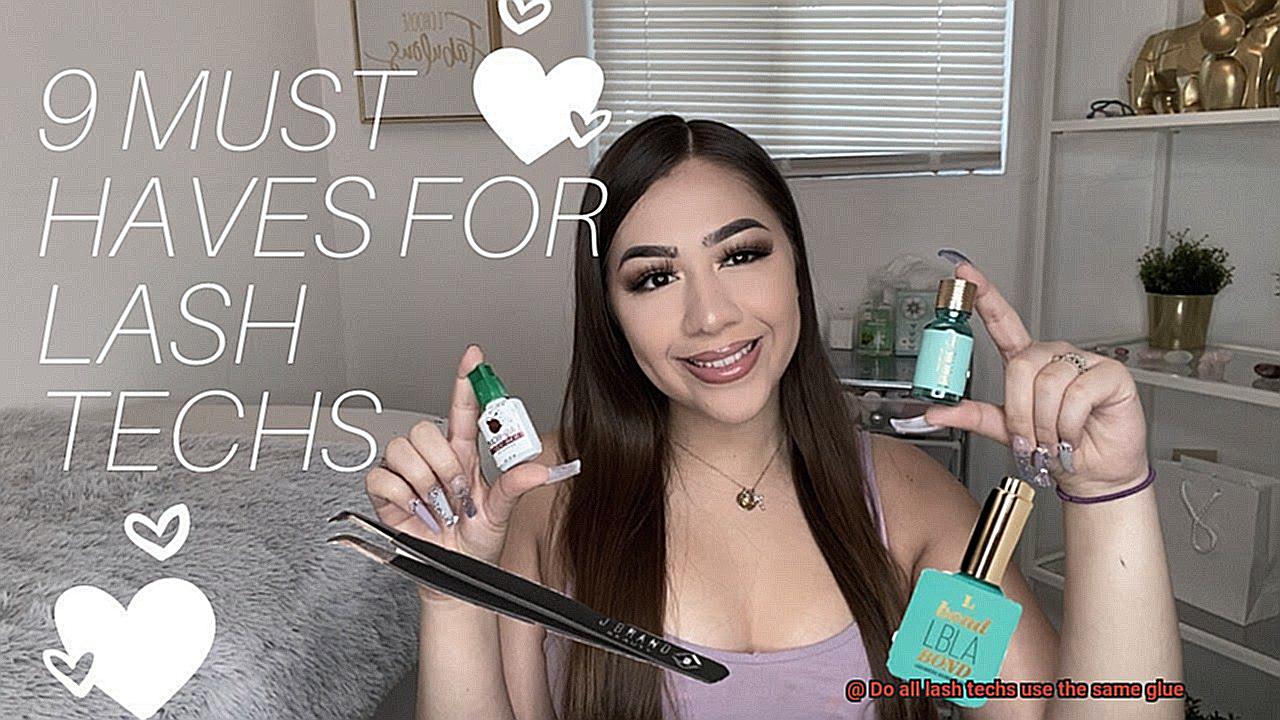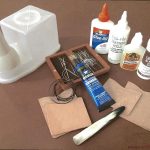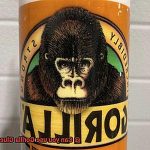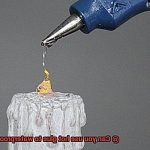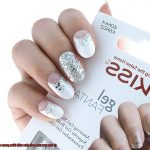Lash extensions are the perfect way to add volume and length to your lashes, making them a must-have beauty trend. But did you know that achieving the perfect look requires different techniques and tools? One of the most important factors in this process is the type of glue used by lash techs to bond the extensions to your natural lashes.
Now, here’s a question: do all lash techs use the same glue? The answer is no. There are many different types and brands of lash adhesive on the market, each with unique properties and formulations. Choosing the right adhesive is crucial for ensuring that your extensions stay in place securely without causing any unwanted irritation or damage to your natural lashes.
In this post, we’ll dive deeper into the world of lash adhesives. We’ll cover everything from the different types of adhesives used in lash extensions, why not all lash techs use the same glue, and how to choose a technician who uses safe and high-quality adhesives. So whether you’re an avid lash enthusiast or just curious about this beauty treatment, read on to learn more about what goes into achieving those beautiful lashes.
Different Types of Lash Extension Glue
Contents
- 1 Different Types of Lash Extension Glue
- 2 Reasons Why Not All Lash Techs Use the Same Glue
- 3 Sensitive Skin and Allergies to Certain Ingredients in Lash Glue
- 4 Drying Times and Hold Strengths of Different Glues
- 5 High-Quality and Safe Glues for Different Clients
- 6 What to Look for When Choosing a Lash Extension Glue
- 7 How to Apply Lash Extension Glue Properly
- 8 Common Mistakes When Applying Lash Extension Glue
- 9 Conclusion
Lash extension glue is a vital ingredient in the lash extension process. It’s what holds the extensions in place, giving you that beautiful, full look you desire. However, not all lash extension glues are created equal, and it’s essential to choose the right one for your needs. Let’s explore the different types of lash extension glue and their unique characteristics.
Cyanoacrylate-based glue is a popular type of lash extension glue. This glue is known for its quick-drying feature and strong bond, making it perfect for clients who want long-lasting extensions. However, it requires precision and speed during application, so it’s best used by experienced lash technicians.
If you have sensitive skin or eyes, medical-grade adhesive might be the right choice for you. This hypoallergenic glue is made from a non-toxic formula that won’t cause any irritation or allergic reactions. It’s also an excellent choice for clients who wear contact lenses.
Formaldehyde-free lash extension glue provides a safer alternative for clients who are sensitive to this chemical commonly found in adhesives. Formaldehyde can be harmful to those with respiratory problems, but formaldehyde-free glue offers a safer option.
Waterproof lash extension glues are ideal for clients who swim or engage in water sports regularly. They provide a stronger hold and are resistant to water. On the other hand, non-waterproof glues are easier to remove and offer a more natural look.
Latex-based glue is less likely to cause allergic reactions than cyanoacrylate-based glue. It has a longer drying time, allowing for more time to adjust lashes during the application process. Hybrid glues combine both cyanoacrylate and latex-based ingredients for a balanced bonding experience.
In conclusion, choosing the right type of lash extension glue is crucial for achieving beautiful and long-lasting lashes without causing any harm or discomfort to the client.
Reasons Why Not All Lash Techs Use the Same Glue
Lash extensions have become a popular way to enhance the look of natural lashes, but not all lash techs use the same glue to attach them. There are several reasons why this is the case, and it’s important for both lash techs and clients to understand these differences.
One reason why not all lash techs use the same glue is personal preference. Each lash tech has their own technique and may prefer a certain consistency or drying time of the glue they use. For example, some may prefer a thicker glue that dries slower, while others may opt for a thinner glue that dries quickly. These preferences can depend on factors such as the humidity in their workspace and the type of lashes they are using.
Another reason is client needs. Some clients may have allergies or sensitivities to certain ingredients found in lash extension glue, such as formaldehyde or latex. In these cases, a lash tech may need to switch to a different brand or type of glue that is better suited for sensitive clients. It’s important for lash techs to be knowledgeable about different types of glue and be able to make informed decisions on what will work best for their clients.
The type of glue used can also depend on the client’s individual needs and preferences. Different brands of lash glue offer varying strengths and flexibility, which can affect how they perform on different types of lashes. For example, some lash techs prefer a stronger, more rigid glue that can hold up heavier extensions, while others may opt for a softer, more flexible adhesive that can better conform to the natural lash line.
Additionally, some lash techs may have personal experiences with certain brands of glue. They may have found that one brand works better for them in terms of ease of application, drying time, or overall results. Similarly, some lash techs may have had negative experiences with certain brands and opt to use something else based on those past experiences.
Sensitive Skin and Allergies to Certain Ingredients in Lash Glue
Firstly, it is crucial to understand that not all lash glues are created equal. Some contain ingredients that can cause irritation or allergic reactions in some individuals. These common ingredients include cyanoacrylate, formaldehyde, and latex. Although generally safe for most people, they can still cause skin irritation or allergic reactions in some.
If you have a history of allergies or sensitive skin, communicating this with your lash technician before your appointment is essential. Your technician may recommend a specific brand or type of lash glue that is less likely to cause irritation or allergic reactions. It’s important to check the ingredients list carefully if you have a history of latex allergies since it is sometimes added to lash glue as a binding agent.
Additionally, doing a patch test before your appointment is also crucial to test for any potential reactions. A patch test involves applying a small amount of the lash glue to your skin and waiting for 24 hours to see if there is any adverse reaction. If there is no reaction, then you can proceed with your appointment with peace of mind.
Drying Times and Hold Strengths of Different Glues
First up, let’s talk about drying time. As you know, this is a crucial factor in lash glue selection because it affects how long you have to work with the glue before it fully dries and sets. Some types of lash glue may take longer to dry than others, which can be frustrating for both you and your client. Nobody wants to sit still for an extended period while their technician fusses with their lashes. That’s why it’s important to use a glue with a drying time that suits your needs and skill level.
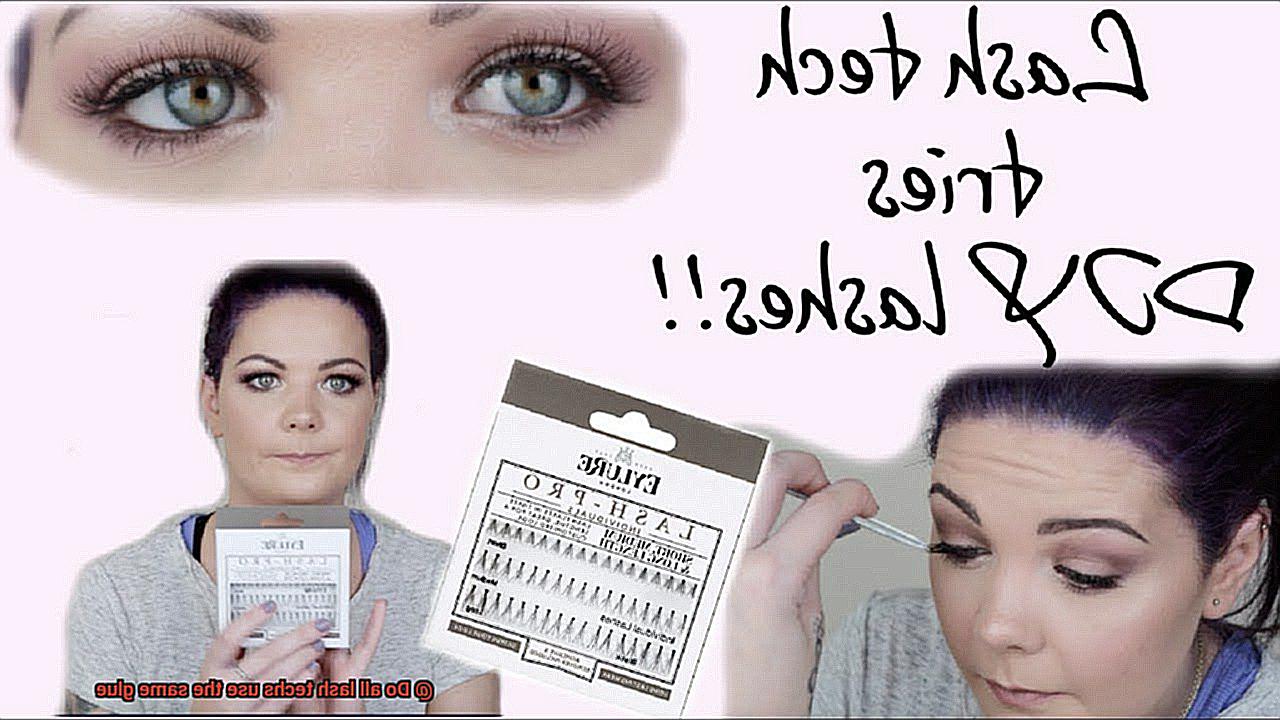
But did you know that the drying time of lash glue can also be impacted by environmental factors? If you’re working in a humid room, for example, it may take longer for the glue to dry than it would in a dry environment. Keep this in mind when selecting your lash glue.
Now let’s move on to hold strength. This is another critical aspect of lash glue because it determines how well the lashes will stay in place once attached. Some glues have a stronger hold than others, which can be ideal for clients with thicker or heavier lashes. However, stronger hold glues can also be more difficult to work with and require more skill and experience.
It’s important to note that different types of lash glue may have varied ingredients, which can affect both drying time and hold strength. That’s why it’s essential to experiment with different types of glue until you find the one that works best for you and your clients.
To summarize, choosing the right lash glue is key to delivering high-quality results and ensuring your clients’ satisfaction. Always take into account the drying time and hold strength of different types of glue when making your selection. And remember, safety should always come first when working with any type of adhesive.
High-Quality and Safe Glues for Different Clients
When it comes to lash extensions, choosing the right glue is crucial for both client satisfaction and safety. Let’s explore some key factors that can influence your choice of high-quality and safe glues for different clients.
Safety First.
As a lash tech, it’s essential to prioritize safety above everything else when selecting a glue. Using a high-quality and safe product ensures that your clients won’t experience any adverse reactions. Some clients may have sensitive skin or allergies, so it’s necessary to use hypoallergenic glues. Always conduct a small patch test before application to ensure that the glue won’t cause any harm.
Types of Lash Extensions
Choosing the right glue depends on the type of lash extension you’re using. Synthetic lashes require different types of glue than mink or silk lashes. Depending on the type of lash extension, you may need a fast-drying glue or a slower-drying one that allows more time for adjustments. By selecting the right glue for the type of lash extension, you can ensure that your client’s extensions last longer.
Environmental Factors
Environmental conditions can also play a significant role in your choice of glue. Humidity levels can affect drying time and influence how well the glue holds. In humid environments, it’s essential to use a stronger hold glue to ensure that the lashes don’t fall out.
What to Look for When Choosing a Lash Extension Glue
Looking for the perfect lash extension glue can be overwhelming with so many options available. However, doing your research and understanding what to look for can make all the difference in achieving the lash look of your dreams. Here are five important factors to consider when choosing a lash extension glue.
Adhesive Type
The type of adhesive used is crucial in achieving a strong bond between the natural lash and the extension. Cyanoacrylate is the most popular option, but those with allergies may need to opt for a formaldehyde-based adhesive. Understanding the differences between these types can help you make an informed decision.
Drying Time
The drying time of the glue is also an essential factor to consider. A faster-drying glue may be ideal for experienced technicians, while slower-drying glues can give more time for adjustments and ensure a stronger bond. Keep in mind that a longer drying time may require a longer appointment.
Viscosity
The thickness or viscosity of the adhesive can affect both the strength of the bond and the overall look of your lashes. A thicker adhesive may create a stronger bond but could lead to clumping, while a thinner adhesive may provide a more natural look but may not be as strong.
Retention Time
How long the glue can hold lashes in place is another important factor to consider. Some adhesives can last several weeks, while others may only last a few days. Understanding retention time can help you choose an adhesive that fits your lifestyle and preferences.
Brand Reputation
Lastly, it’s essential to choose a reputable brand when it comes to lash extension glue. Brands with positive reviews and a track record of producing high-quality products are more likely to provide consistent results and avoid potential complications.
How to Apply Lash Extension Glue Properly
If you’re interested in learning how to apply lash extension glue properly, you’ve come to the right place. As an expert in this field, I can offer some valuable tips to help you achieve stunning and long-lasting results.
Choosing the Right Glue:
The first step in applying lash extensions is choosing the right glue. Not all glues are created equal, and different types of lashes require different formulas. Be sure to read the label and instructions carefully to ensure that the glue is compatible with the type of lashes you’ll be using.
Humidity and Temperature:
The humidity and temperature of the room can have a significant impact on the effectiveness of lash extension glue. It’s important to work in moderate humidity and temperature conditions. High humidity can cause the glue to dry too quickly, while low humidity can cause it to take longer to dry.
Proper Application:
Proper application is key to achieving beautiful and long-lasting lash extensions. The glue should be applied in small amounts along the lash line, avoiding contact with the skin. Using a magnifying glass or light can help ensure precision and accuracy during application.
Safety Precautions:
When working with lash extension glue, safety should be your top priority. Proper ventilation is crucial to avoid inhaling fumes from the glue. Avoid contact with skin and eyes, as this can cause irritation and discomfort.
Types of Glue:
There are different types of lash extension glues available on the market, each with its own unique properties. Cyanoacrylate-based glues have strong bonding properties but can be harsh on sensitive skin. Polymer-based glues are gentler but may not bond as strongly. It’s important to choose the right type of glue based on your client’s individual needs and sensitivities.
Professional-Grade Products:
Using high-quality, professional-grade products is essential for achieving safe and effective results with lash extensions. Don’t be tempted to use cheap or low-quality products, as they may not provide the same level of effectiveness and safety.
Common Mistakes When Applying Lash Extension Glue
Applying lash extension glue is a skill that requires precision, patience, and attention to detail. Unfortunately, even seasoned lash techs can make mistakes that can affect the quality of their work and the comfort of their clients. Here are some common mistakes to avoid when applying lash extensions:
- Using too much glue: This is a common mistake that can lead to clumping and discomfort for the client. It’s important to use just the right amount of glue for each individual lash extension. A good rule of thumb is to use a small drop of glue, about the size of a rice grain, for each extension.
- Not allowing enough time for the glue to dry: This mistake can result in the extension slipping or falling off altogether. It’s crucial to follow the manufacturer’s recommended drying time and use a fan or air blower if necessary. As a general guideline, it’s best to wait at least 30 seconds before releasing the extension.
- Using the wrong type of glue: Some clients may have sensitive skin or allergies, so it’s important to use a hypoallergenic glue or a sensitive formula. Similarly, some clients may have oily skin or active lifestyles, which may require a stronger adhesive. It’s important to consider each client’s unique needs and choose the appropriate type of glue accordingly.
- Not properly storing the glue: Glue should always be stored in a cool, dry place away from direct sunlight and moisture. If the glue is exposed to heat or humidity, it can degrade and become less effective.
_QWq7FJEVz4″ >
Conclusion
In conclusion, lash extensions have become a beloved beauty trend that requires the use of various techniques and tools. However, one critical factor in achieving the perfect look is the type of glue used by lash techs to bond the extensions to natural lashes. As we’ve discovered, not all lash techs use the same glue as there are numerous types and brands of lash adhesive on the market, each with unique properties and formulations.
The right adhesive is crucial for ensuring that your extensions stay in place securely without causing any unwanted irritation or damage to your natural lashes. When choosing a lash extension glue, it’s essential to consider factors such as adhesive type, drying time, viscosity, retention time, brand reputation, and client needs. It’s equally important to take proper application and safety precautions when working with lash extension glue to avoid common mistakes like using too much glue or not allowing enough time for it to dry.
By selecting high-quality and safe glues for different clients, you can achieve stunning and long-lasting results while prioritizing safety above everything else.

